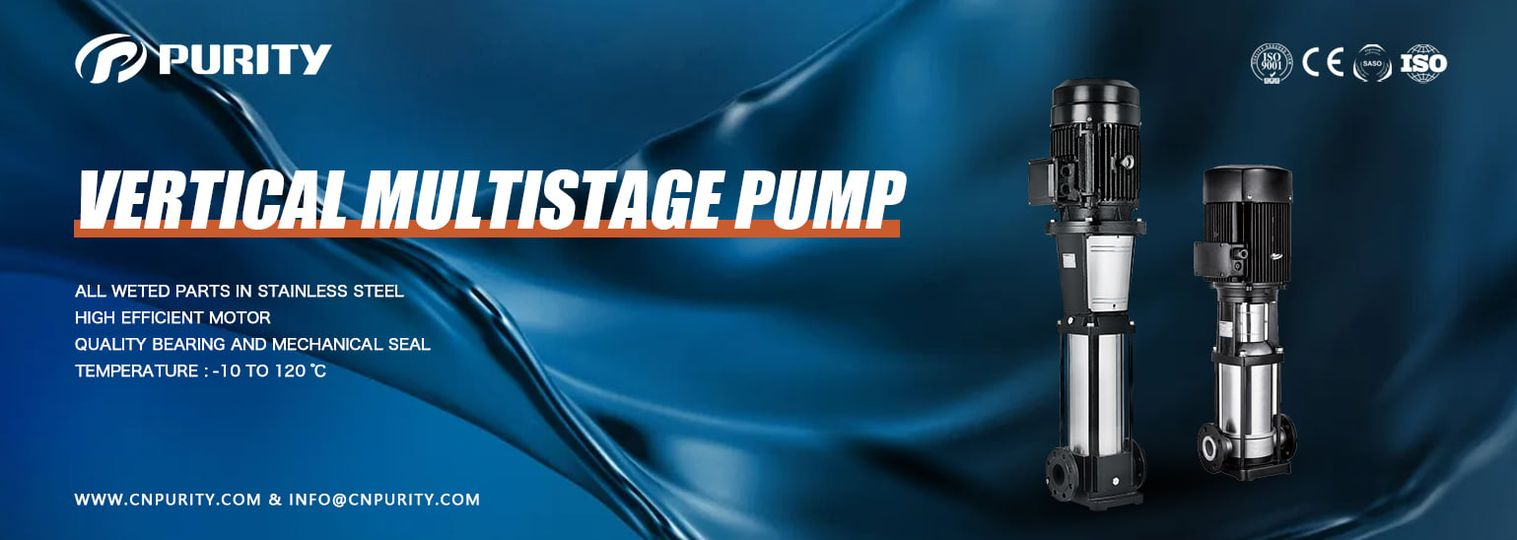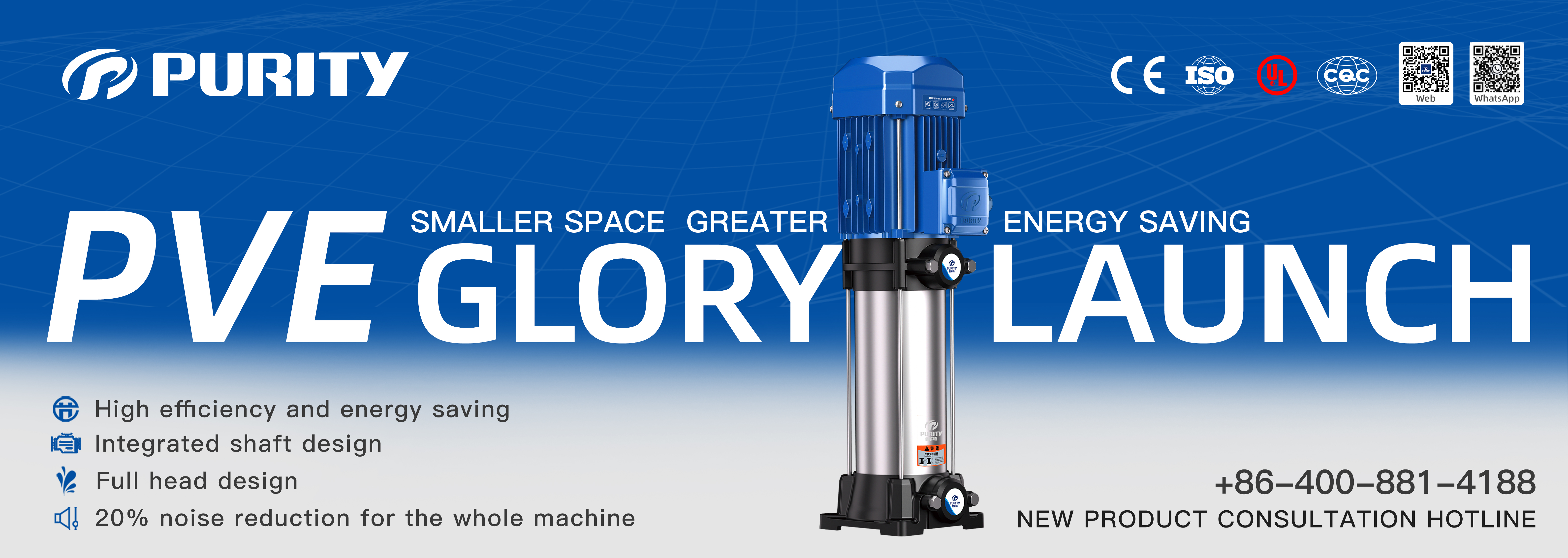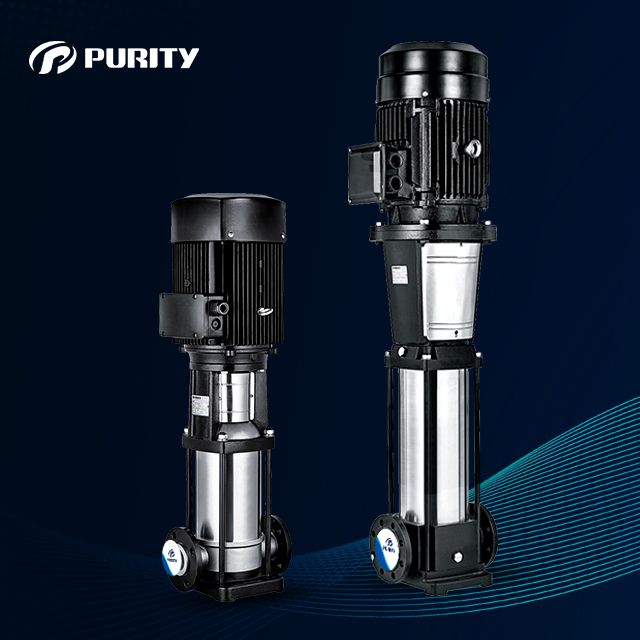As industries increasingly rely on efficient and effective pumping solutions, understanding the nuances between different pump configurations becomes essential. Among the most common types are vertical and horizontal multistage pumps, each with distinct characteristics that make them suitable for specific applications. This article delves into the key differences between vertical and horizontal multistage pump, helping you make an informed choice for your pumping needs.
The Difference Between Vertical and Horizontal Multistage Pump
1. Appearance and Design
The most apparent difference between vertical and horizontal multistage pumps is their physical orientation. Vertical multistage centrifugal pump stand upright, utilizing a space-efficient design that minimizes their footprint. In contrast, horizontal multistage centrifugal pump is laid flat, which can require more ground space. This difference in appearance is not merely aesthetic; it reflects how each pump is designed to function within a system.
2. Connection Types
Another significant distinction lies in their connection forms. Vertical multistage pump is designed with a self-stacking configuration, allowing them to be connected from the bottom to the top. This design enables the vertical multistage pump to maintain a compact structure while efficiently managing multiple stages.
On the other hand, horizontal multistage pump is aligned in a longitudinal arrangement on a base, which can lead to a longer overall system length. The connection type impacts installation flexibility and overall system layout.
3. Footprint and Installation Space
When considering installation in constrained environments, vertical multistage centrifugal pump holds a distinct advantage. The motor and pump shaft are oriented vertically, which means these pumps require significantly less floor space. This makes them ideal for facilities with limited room, such as basements or crowded machinery rooms.
Conversely, horizontal multistage centrifugal pump have their motor aligned horizontally with the pump shaft, resulting in a larger footprint. This space requirement can pose challenges in facilities where floor space is at a premium.
4. Maintenance Complexity
Maintenance considerations are crucial for any pumping system, and here the two types diverge significantly. Vertical multistage pump can present maintenance challenges due to their design. Accessing components such as the impeller often requires complete disassembly of the upper sections of the pump, making routine maintenance labor-intensive and time-consuming.
In contrast, horizontal multistage pump typically allows for easier access to components, facilitating quicker and more straightforward maintenance. This ease of maintenance can translate to lower operational downtime and reduced maintenance costs over time.
5. Installation Methods
The installation processes for vertical and horizontal multistage pumps also differ. Vertical multistage centrifugal water pump offer the advantage of integrated assembly, making them easier to install as a complete unit. This streamlined process can save time and labor during setup.
Conversely, horizontal multistage centrifugal water pump requires precise adjustments after installation to ensure proper alignment and function. This additional step can complicate the installation process and necessitate skilled technicians to ensure that the pump operates efficiently.
 Figure| Purity Vertical Multistage Pump PVS/PVT
Figure| Purity Vertical Multistage Pump PVS/PVT
Purity Vertical Multistage Pump Advantages
1. Purity pump adopts a vertical stainless steel shell structure. The inlet and outlet of the pump are located on the same horizontal line and have the same diameter. It can be installed in the pipeline like a valve. The vertical multistage pump is small in size and easy to install.
2. The newly upgraded multistage pump has a better hydraulic model and can meet the use requirements of the full head. It has the characteristics of high efficiency, energy saving and stable operation.
3. Purity multistage pump adopts an integrated shaft design, and the shaft seal adopts a wear-resistant mechanical seal, which is leak-free and has a long service life.
 Figure| Purity Vertical Multistage Pump PVE
Figure| Purity Vertical Multistage Pump PVE
Summary
Understanding the differences between vertical and horizontal multistage pumps is crucial for selecting the right equipment for your specific needs. While vertical multistage pump offers space-saving advantages and ease of installation, horizontal multistage pump provides easier maintenance and greater flow capacities. By considering these factors, businesses can make informed decisions that enhance operational efficiency and reliability. Purity pump has significant advantages among its peers, and we hope to become your first choice. If you are interested, please contact us.
Post time: Oct-09-2024



